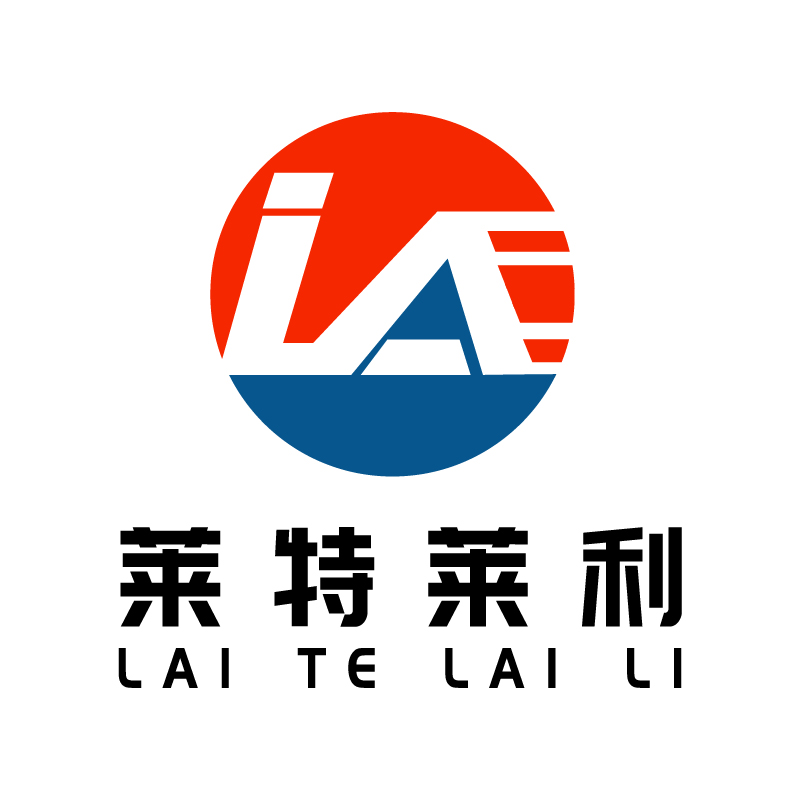What about the export of reinforced mixed base carbon strips?
Enhancing the export situation of mixed base carbon belt is a dynamic process, which is affected by many factors such as global economic situation, international trade policy, market demand and product competitiveness. The following is a general analysis of the export situation of enhanced mixed base carbon belts:
1. Export scale and growth trend
Export scale: In recent years, with the continuous improvement of domestic mixed carbon belt production technology and the steady improvement of product quality, its export scale has also shown an increasing trend year by year. The specific export volume and amount should refer to the latest customs statistics or industry reports.
Growth trend: Its export growth trend is expected to continue against the backdrop of increasing demand for high-quality, high-performance hybrid base carbon belts in the global market. However, the actual growth situation also needs to take into account uncertainties such as global economic fluctuations and rising trade protectionism.
2. Export market distribution
Main export markets: The main export markets for enhanced mixed base carbon belts may include developed countries and regions such as Europe and the United States, where the demand for high-end manufacturing and automation equipment is high, and there is a stable demand for key materials such as mixed base carbon belts.
Emerging markets: With the rapid economic development and acceleration of industrialization in emerging market countries, the demand for mixed base carbon belts in these regions is also gradually increasing, which may become a new driving force for future export growth.
3. The challenges and opportunities faced by exports
Challenges:
International trade frictions and barriers: The rise of global trade protectionism may cause exports to face challenges such as increased tariffs and market access restrictions.
Technological competition and intellectual property rights: In the international market, the enhancement of the mixed base carbon belt faces the risk of technological competition and intellectual property disputes from other countries and regions.
Exchange rate fluctuations: Fluctuations in international exchange rates may affect the price competitiveness of export products.
Chances:
Market demand growth: With the transformation and upgrading of the global manufacturing industry and the increase in the degree of automation, the demand for high-performance hybrid base carbon belts will continue to grow.
Policy support: Domestic government support policies for export enterprises and free trade agreements with other countries and regions may provide more opportunities for exports.
4. Export strategies and suggestions
Improve product quality and technical level: Strengthen research and development innovation, improve product performance and quality stability, in order to meet the international market demand for high-end mixed base carbon strips.
Expand diversified markets: While consolidating traditional export markets, actively explore emerging markets to reduce the risk of dependence on a single market.
Strengthen brand building and international marketing: enhance brand awareness and reputation, strengthen international marketing efforts, and improve the competitiveness of products in the international market.
Pay close attention to international trade policy changes and market dynamics, and timely adjust export strategies to cope with potential risks and challenges.
Please note that as specific data may be updated over time, it is recommended to consult the latest customs statistics or industry reports for the most accurate information on the export situation.



